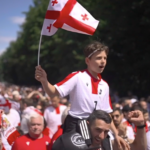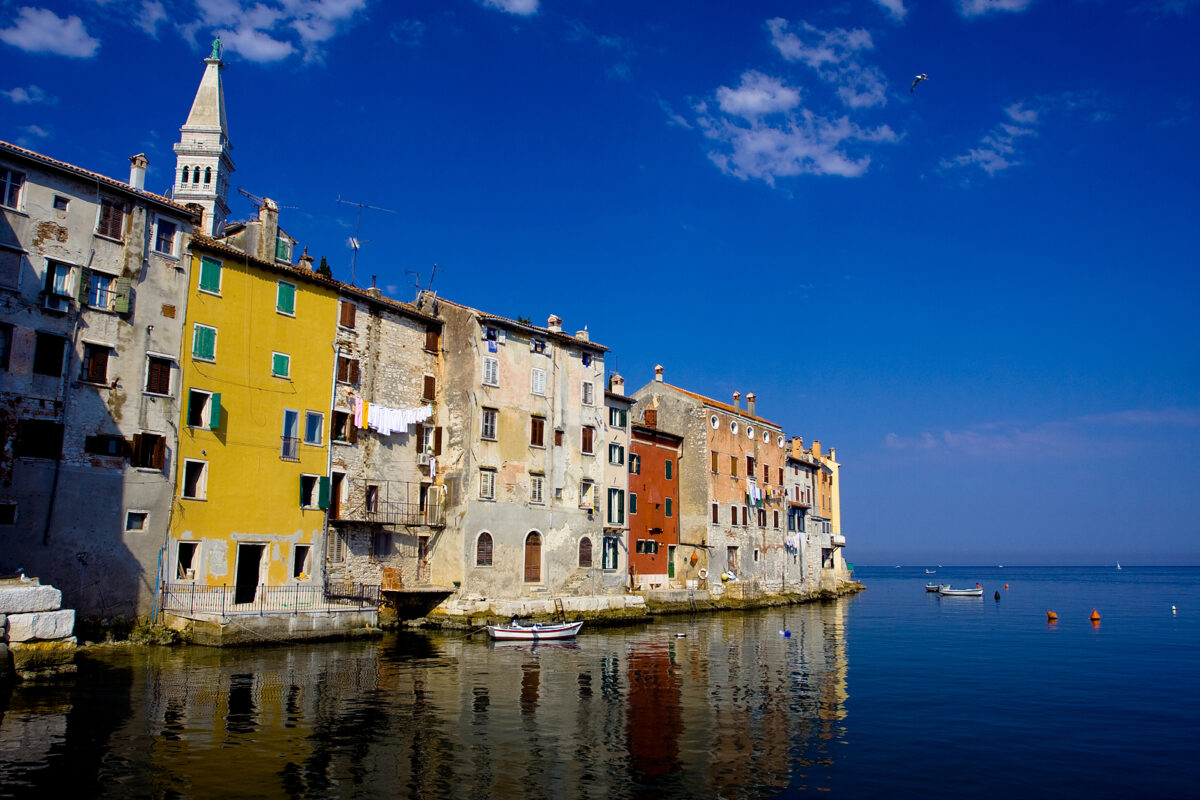In the first quarter of 2024, Croatia recorded over 15 per cent more tourist arrivals and overnight stays than in the same period last year, crucial for a country in which the tourism sector contributes almost a quarter of GDP.
The boom in tourism has been driven by the country’s accession to the EU’s border-free Schengen Area and euro single currency areas last year, while EU-related funds are further supporting investment activity.
It’s no surprise then that Croatia’s GDP expanded by 3.9 per cent year-on-year in the first quarter of 2024, with many analysts, including the Vienna Institute for International Economic Studies (wiiw), now predicting a healthy growth rate of three per cent for the full year. This builds on its robust growth of 2.8 per cent in 2023, one of the highest levels of growth in the EU.
According to the World Bank, investment growth is expected to remain relatively strong, supported by EU funds and improved private sector investments. Improvements in the external environment, less restrictive monetary policy, and EU funds will also continue to support economic activity.
In its latest economic forecast for the emerging Europe region, published last week, wiiw adds that thanks to softer pressures from energy and commodity prices, inflation in Croatia will continue to decline gradually; but upward pressure from rising wages will mean it remains above the euro area target, averaging 3.7 per cent in 2024.
“We expect nominal and real gross wages in Croatia to continue to grow in 2024, albeit more slowly than in 2023,” wiiw states in its forecast. “The public-sector unions signed a collective-bargaining agreement in March 2024, which will also result in pay increases for public employees.”
The Vienna Institute also notes however that a lack of skilled workers remains an issue for the economy and an obstacle to higher GDP growth over the medium term.
According to the European Council of Foreign Relations (ECFR), Croatia is attempting to compensate by bringing in migrant workers, particularly from Nepal.
Last year, nearly 15,000 Nepali workers immigrated to the country compared to just four in 2017. This year, the number of registered foreign workers could reach almost 200,000 with estimates suggesting that by 2030, every fourth worker in Croatia could be a foreigner.
Key sectors
Away from tourism, manufacturing is another crucial sector, accounting for about 20 per cent of GDP.
Croatia has a well-established tradition in shipbuilding, pharmaceuticals, food processing, and automotive parts production.
The country is positioning itself as a hub for advanced manufacturing and innovation (Rimac, which builds the world’s fastest electric cars at a plant just outside Zagreb, is a leader here), supported by government incentives and access to the EU market.
Investors can explore opportunities in expanding production capacities, adopting new technologies, and entering into joint ventures with local firms.
Then there’s agriculture, which employs around six per cent of the workforce and contributes three per cent to GDP.
The country’s fertile land and favorable climate conditions are ideal for growing a variety of crops, including olives, grapes, and wheat. Organic farming and agri-tourism are burgeoning sectors, with increasing demand for high-quality, locally produced food. Investment opportunities include modernising agricultural practices, developing food processing facilities, and enhancing supply chain logistics.
The energy sector
The energy sector in Croatia is currently undergoing significant transformation, driven by the need to enhance energy security, reduce dependency on fossil fuels, and meet EU climate targets.
The country has a diverse energy mix, including hydroelectric power, natural gas, and an increasing share of renewable energy sources such as wind and solar power.
Croatia’s renewable energy sector offers vast investment potential. The government has set ambitious targets to increase the share of renewable energy in the total energy consumption to 36.4 per cent by 2030. Wind energy is particularly promising, with several projects already operational and many more in the pipeline. Solar energy is also gaining traction, supported by favorable geographic conditions and government incentives.
Investors can explore opportunities in developing large-scale wind and solar farms, investing in energy storage solutions, and participating in public-private partnerships to upgrade the national grid. The country’s commitment to renewable energy is further underscored by its participation in the European Green Deal, which aims to make Europe the first climate-neutral continent by 2050.
Improving energy efficiency is another critical area for investment. Croatia has launched various initiatives to enhance energy efficiency in buildings, transportation, and industry. These efforts are supported by EU funding and national programmes, creating opportunities for investors in energy-efficient technologies, smart grid solutions, and retrofitting projects.
Natural gas remains an essential component of Croatia’s energy strategy, particularly in the transition period towards a more sustainable energy system. The country’s strategic position makes it a vital energy transit route, with the potential to become a regional hub for natural gas distribution. Investment opportunities exist in expanding the LNG terminal on the island of Krk, developing new gas storage facilities, and enhancing pipeline infrastructure.
Gender equality
New World Bank analysis published last week meanwhile shows that Croatia remains among the lowest-ranked EU countries for overall gender parity even though the adoption of EU standards in gender equality have brought about important policy changes and advancements.
Croatia Gender Landscape 2024 indicates that more work is needed to fully address the deeper, systemic issues of gender equality in Croatia, which perpetuate significant gender gaps across six areas: work, money, knowledge, time, power and health.
The analysis notes that Croatia’s journey towards gender parity has been marked with some progress, especially on the significant human capital Croatian women have built over time. However, these efforts have not fully translated into positive labour-market outcomes, income generation opportunities, or decision-making power.
For example, Croatian girls outperform boys in education, but these successes do not fully carry over into their careers. Despite strong academic achievements, women continue to face a persistent gender gap in employment rates, particularly among those of childbearing age. They earn less income than men, with the wage gap showing signs of widening over time.
In Croatia, women spend nearly 20 hours more than men on unpaid work, making the country a clear outlier among EU member states. While women have made some strides in political representation, their presence in high-level economic roles remains low.
“Women represent half of Croatia’s population but the current lack of economic opportunities and flexible work arrangements, as well as social norms and stereotypes, are preventing them from reaching their full economic, political, and social potential,” says Nga Thi Viet Nguyen, World Bank Senior Economist for Poverty and Equity and lead author of the report. “The right policy mix can substantially advance gender equality in Croatia, bringing more robust and inclusive economic growth and multiple benefits for the whole society.”
Political climate
On a political note, the ruling Croatian Democratic Union (HDZ) party, led by Prime Minister Andrej Plenković, won a parliamentary election in April 2024 and has since managed to form a new governing coalition with the right-wing Homeland Movement (DP).
While the inclusion of the DP in the new coalition initially spooked investors, most key ministries remain in the hands of the broadly centrist HDZ, “[which] will ensure that there are no major changes in terms of economic policies in the forthcoming period,” according to the Vienna Institute for International Economic Studies.







